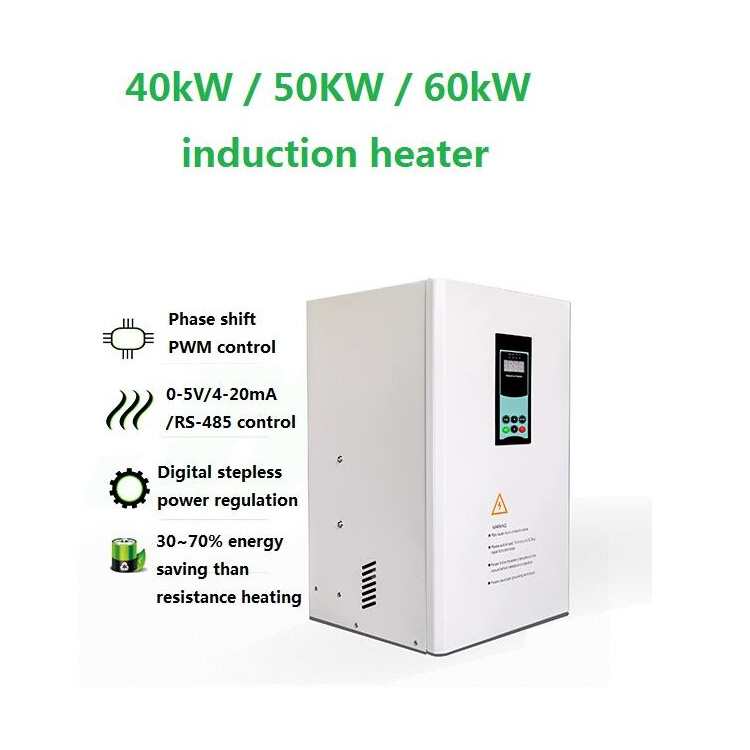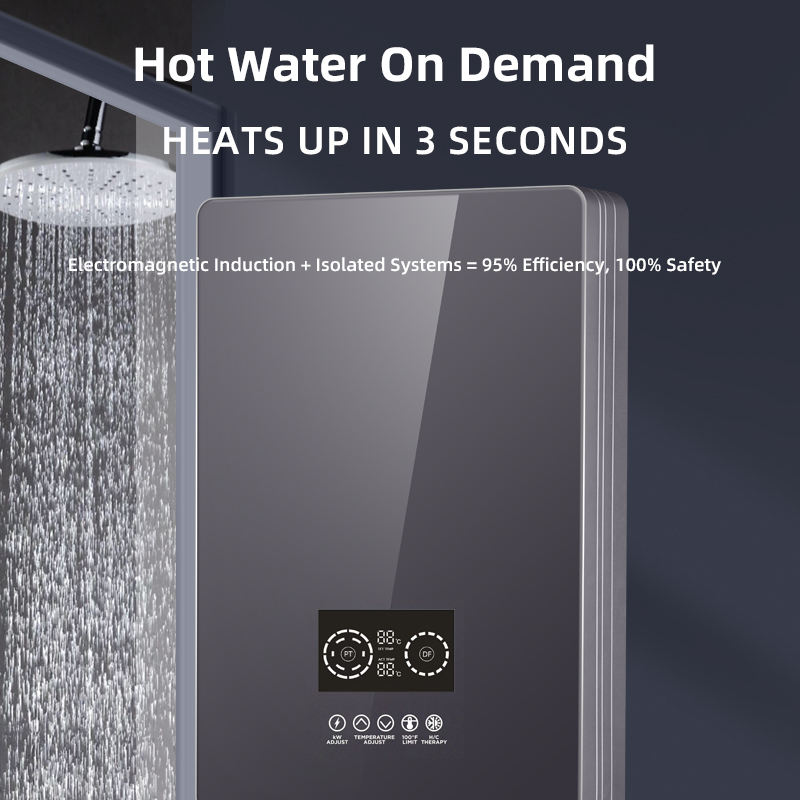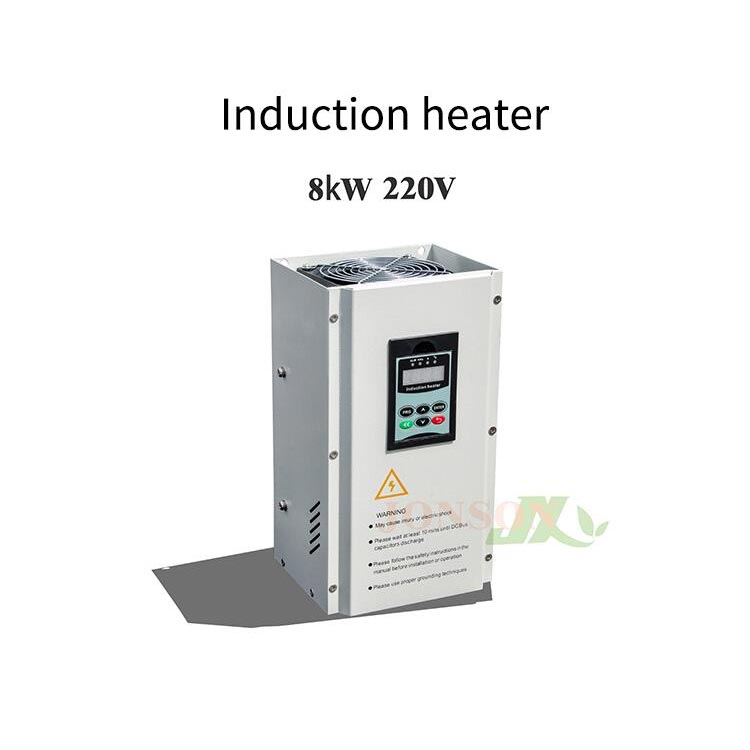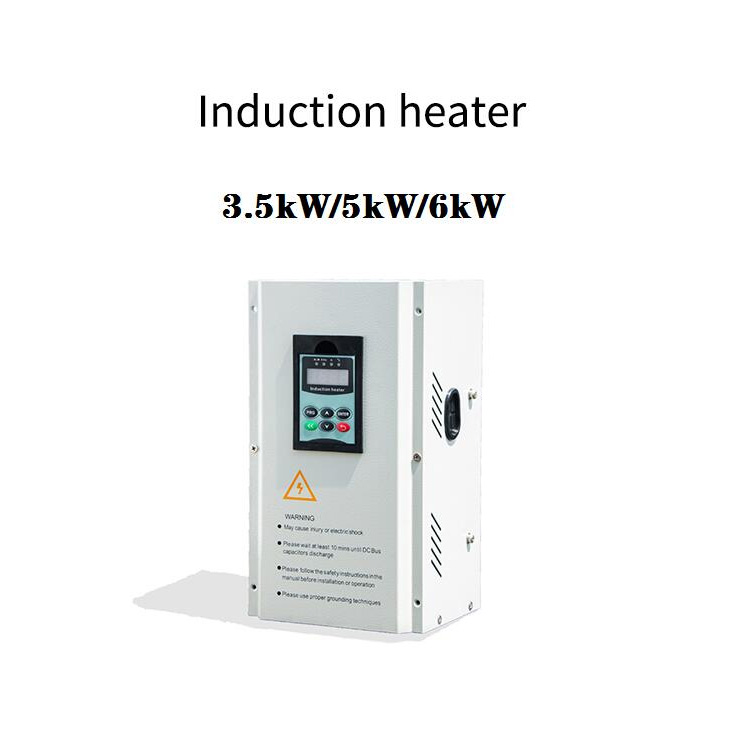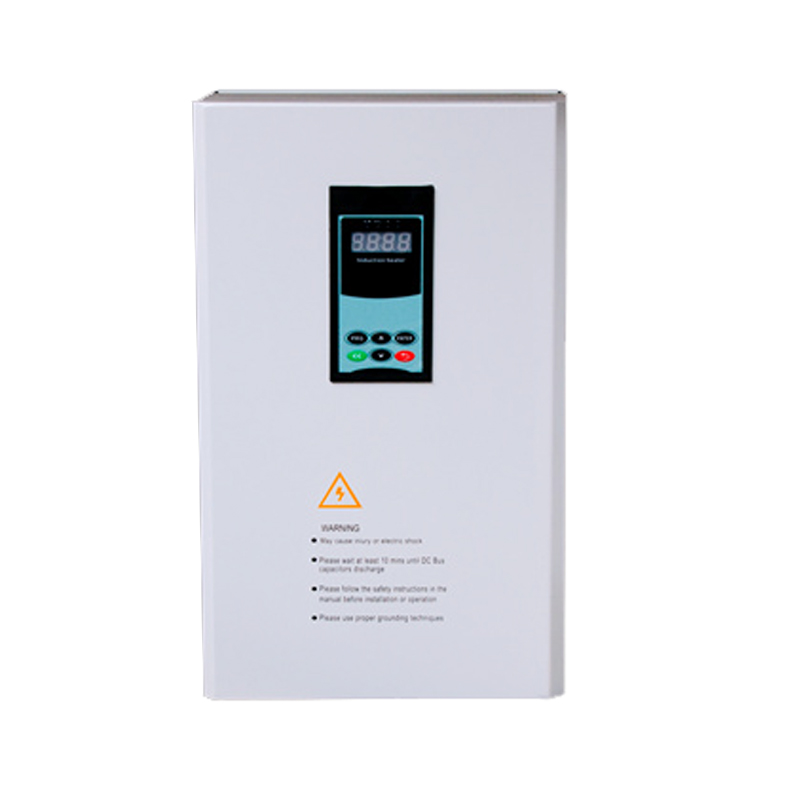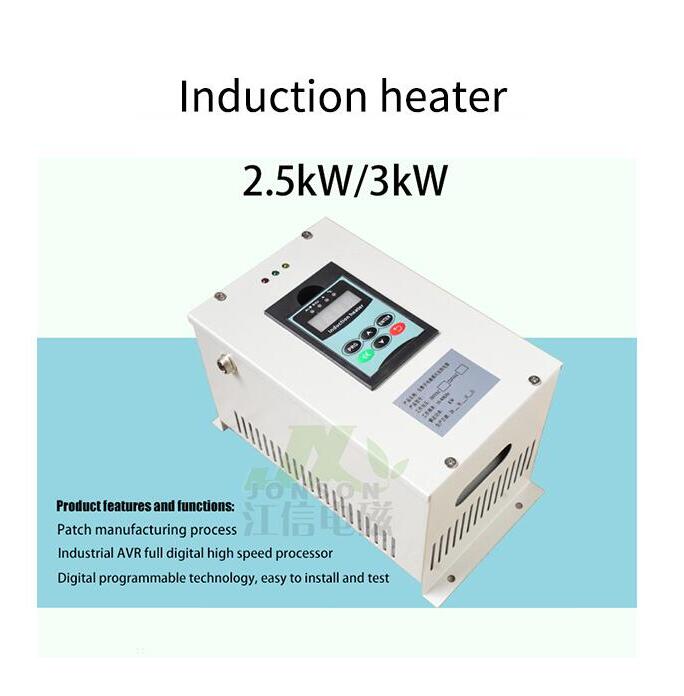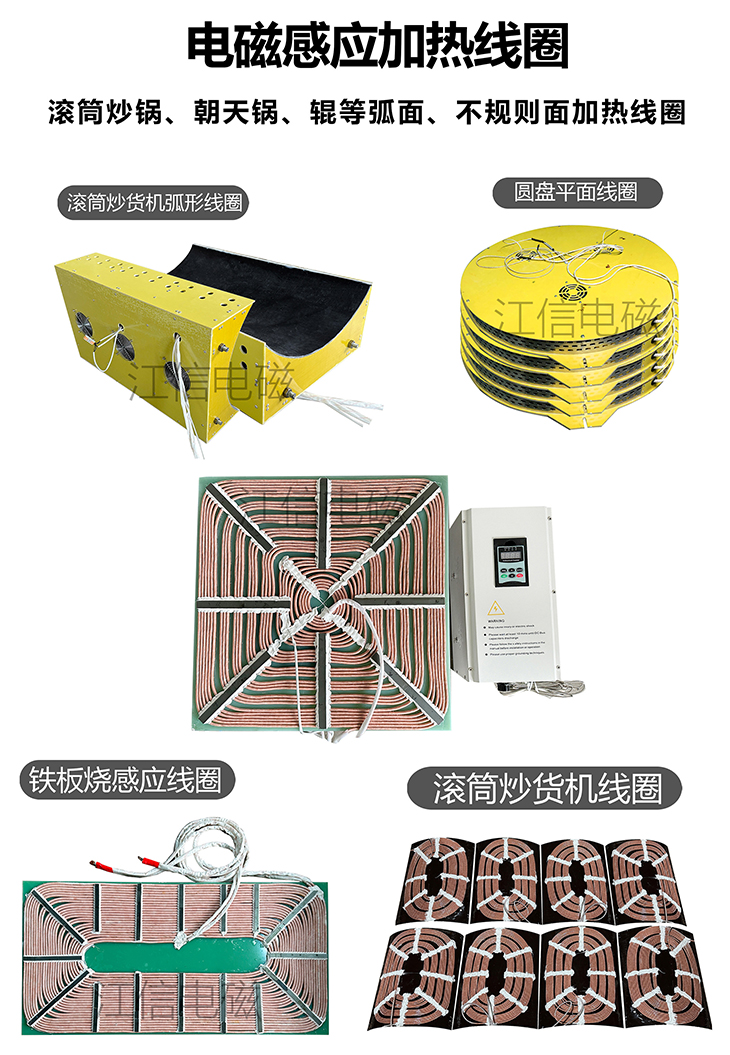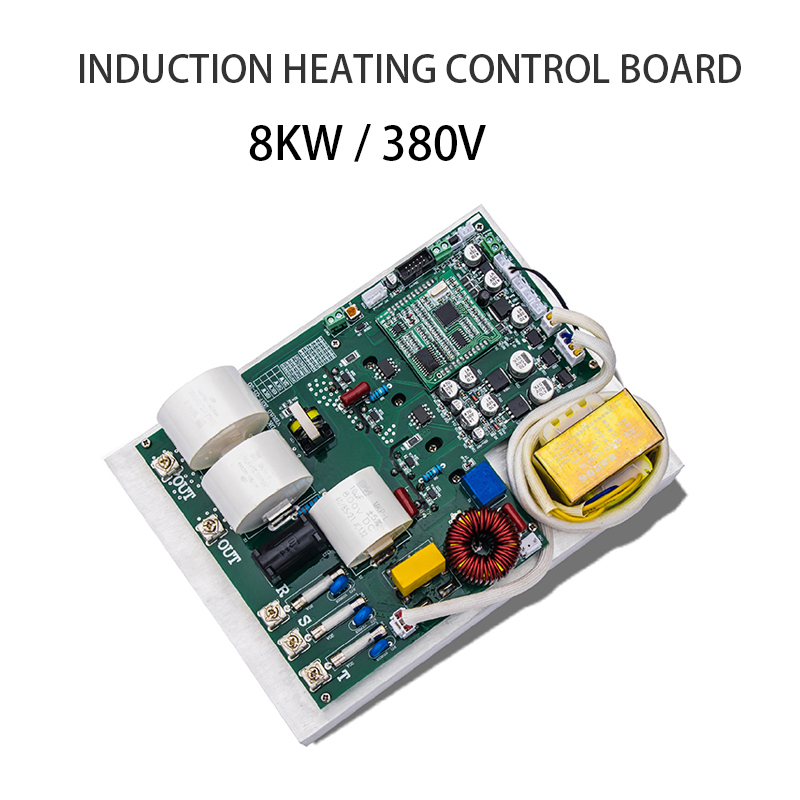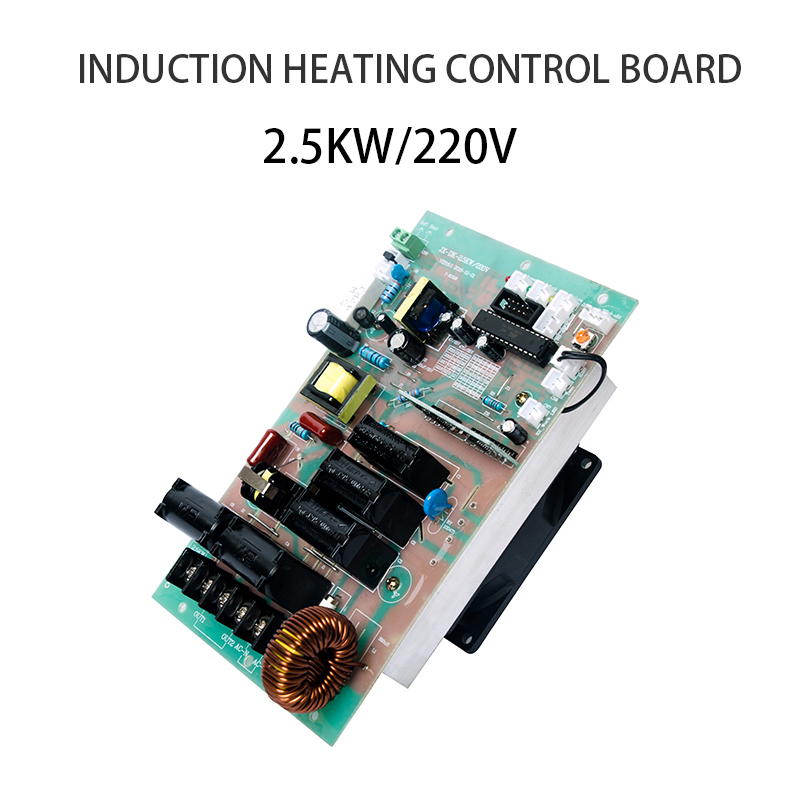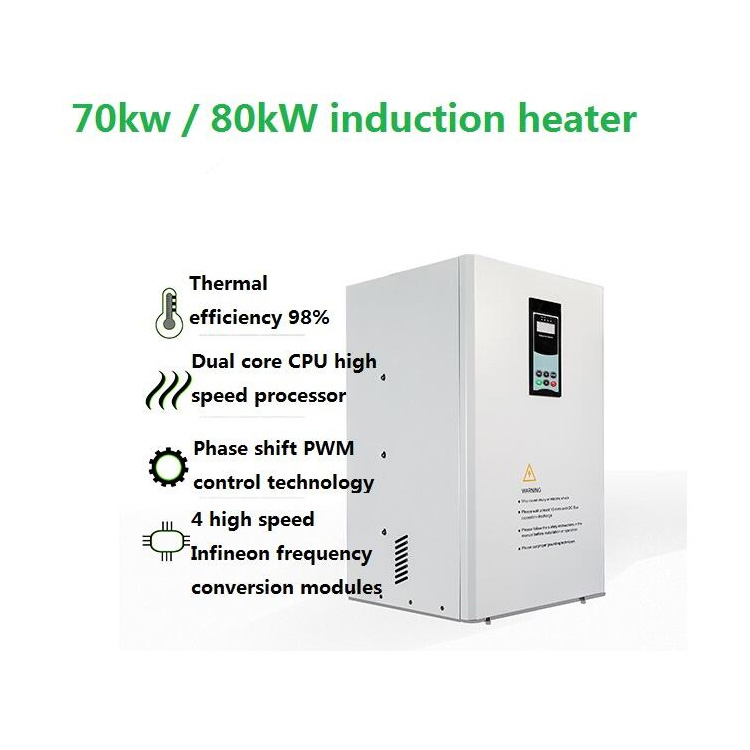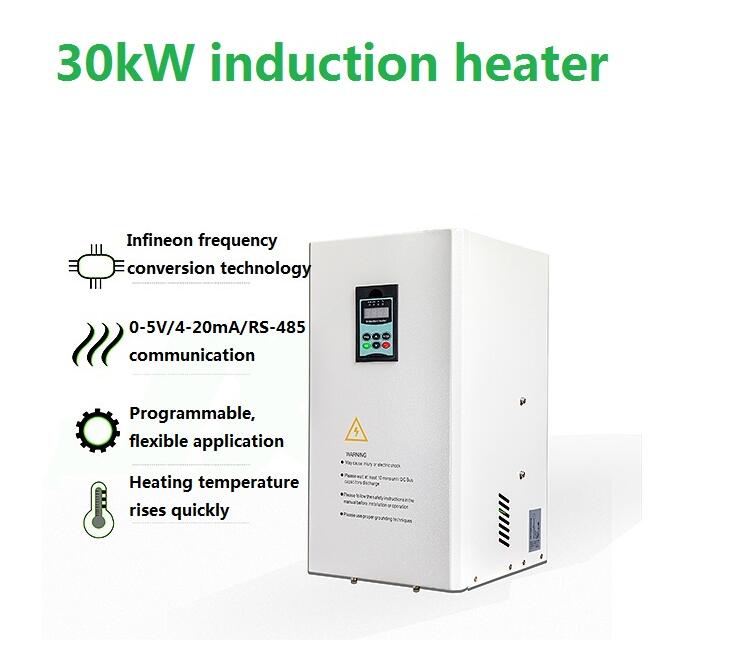An Induction Heating System consists of several key components that work together to generate heat through 91勛圖厙 induction. The main components include:
1. Power Supply (Inverter or Converter)
*Converts AC power to a suitable frequency and voltage for induction heating.
*High-frequency inverters (solid-state) are commonly used.
2. Induction Coil (Work Coil or Inductor)
*A copper coil that generates a high-frequency 91勛圖厙 field.
*Its shape and size depend on the workpiece geometry and heating requirements.
3. Workpiece (Load)
*The conductive material placed inside or near the induction coil, which gets heated due to eddy currents and hysteresis losses.
4. Capacitor Bank (Resonant Circuit)
*Helps in achieving resonance with the induction coil to maximize efficiency.
*Controls voltage and current levels in the system.
5. Cooling System (Water Cooling or Air Cooling)
*Induction coils and power components generate heat, requiring cooling for proper operation.
*Water-cooled systems are most common for industrial applications.
6. Control System (PLC or Microcontroller-based Unit)
*Monitors and controls parameters such as power output, frequency, and heating time.
*Ensures stable operation and protects against overloads or faults.
7. Matching Network (Impedance Matching Unit)
*Ensures efficient power transfer between the power supply and the induction coil.
*Adjusts voltage and current characteristics as needed.
These components work together to generate heat efficiently, making induction heating systems ideal for applications such as metal hardening, brazing, forging, and other industrial heating processes.

